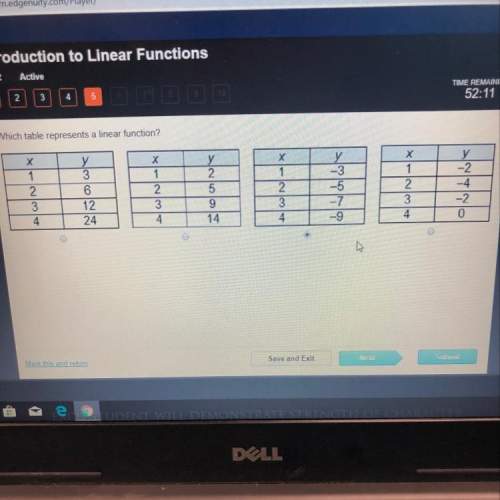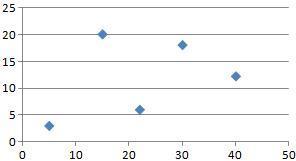
Mathematics, 13.04.2021 03:50 rockyroad19
In the case of essential product substitution, we have only two classes of indi- viduals: those who have not yet adopted the new product, the size of which is given by a function N, and those who have adopted the new product, the size of which is given by a function A.
A) Assuming that the functions N and A change (with respect to time t) in the same manner as the functions S and I do in the SIR model, except that now there is no third class of rejectors, write down two differential equations which model essential product substitution. (You should have one equation for N 0 and one equation for A 0. There should be a parameter in your equations, which you can denote by a, as it plays a role similar to that played by the transmission coefficient in the SIR model. Note that a is positive in this model).
B) Since every member of the population falls into one of the two groups (the adopters and the not-yet-adopters), if P denotes the total (constant) population, then we have P = N + A. Use this last equation to eliminate N from your differential equation involving A' from (a), expressing A' in terms of A and (the constant) P.
C) With a bit of algebra, you should be able to transform your equation from (b) into the equation
А' = TA(1 - A/P)
What is the constant r in terms of the parameters a and P, when the equation for A' is put into this form?
D) Does the differential equation in (c) reflect assumption (2) from the beginning of the worksheet? Explain.
E) Does the differential equation in (c) reflect assumption (3) from the beginning of the worksheet? Explain. (Note that, in the notation we have introduced, the per capita rate of change referenced by assumption (3) is A'/A.)
F) Explain why it is reasonable to say that the differential equation in (c) predicts that, early on, when very few members of the population have adopted the substitute product, the function A exhibits exponential growth.
G) As the substitute product comes close to full adoption (i. e., almost every member of the population has adopted the product), what does the differential equation in (c) predict will happen to the growth rate A'? Explain.
H) Assume that, initially, the number Ao of adopters of the substitute product is small (compared to the total population P). Draw a possible sketch of the curve y = A(t) reflecting the evolution of the adoption of the substitute product with time. Explain how you arrived at your sketch.

Answers: 3
Another question on Mathematics

Mathematics, 21.06.2019 15:30
Abike shop sells you a bicycle for $63 and a helmet for $21. the total cost is 150% of what the shop spent originally. how much did the shop spend originally? how much profit did the bike shop earn by selling the bicycle and helmet to you ?
Answers: 1


Mathematics, 21.06.2019 22:20
Which strategy is used by public health to reduce the incidence of food poisoning?
Answers: 1

You know the right answer?
In the case of essential product substitution, we have only two classes of indi- viduals: those who...
Questions


History, 30.08.2019 07:30

English, 30.08.2019 07:30

Mathematics, 30.08.2019 07:30

English, 30.08.2019 07:30


Mathematics, 30.08.2019 07:30

Mathematics, 30.08.2019 07:30


Mathematics, 30.08.2019 07:30

History, 30.08.2019 07:30


Chemistry, 30.08.2019 07:30

History, 30.08.2019 07:30



World Languages, 30.08.2019 07:30

Mathematics, 30.08.2019 07:30

History, 30.08.2019 07:30

Mathematics, 30.08.2019 07:30





